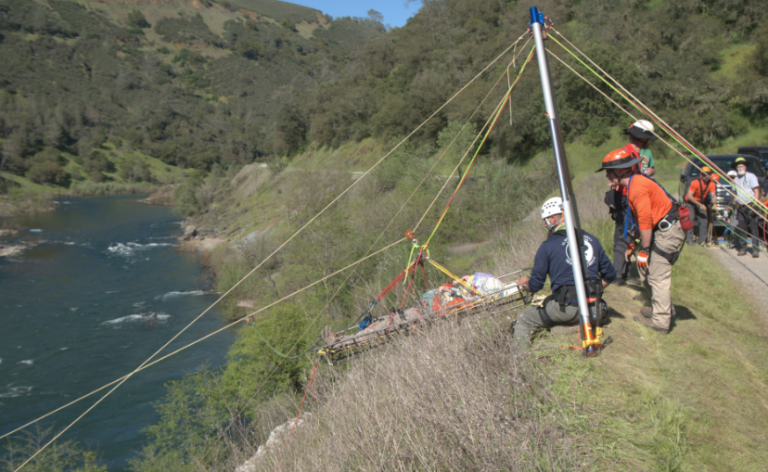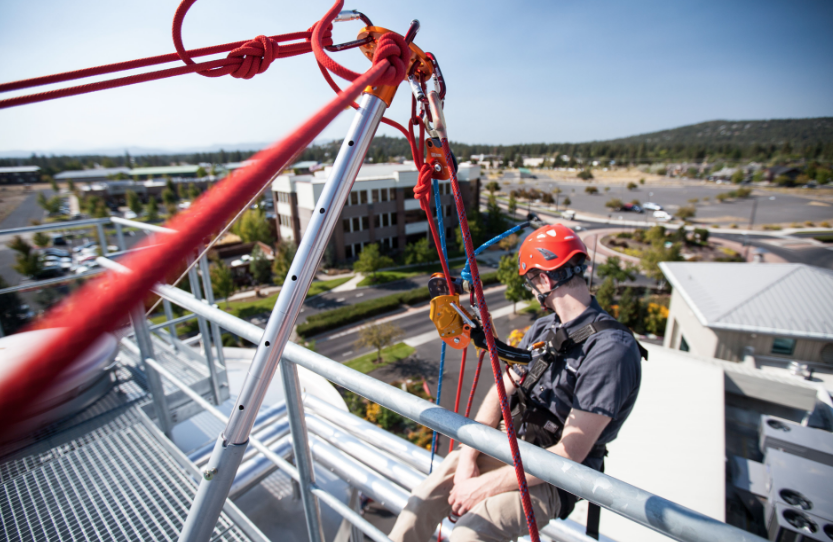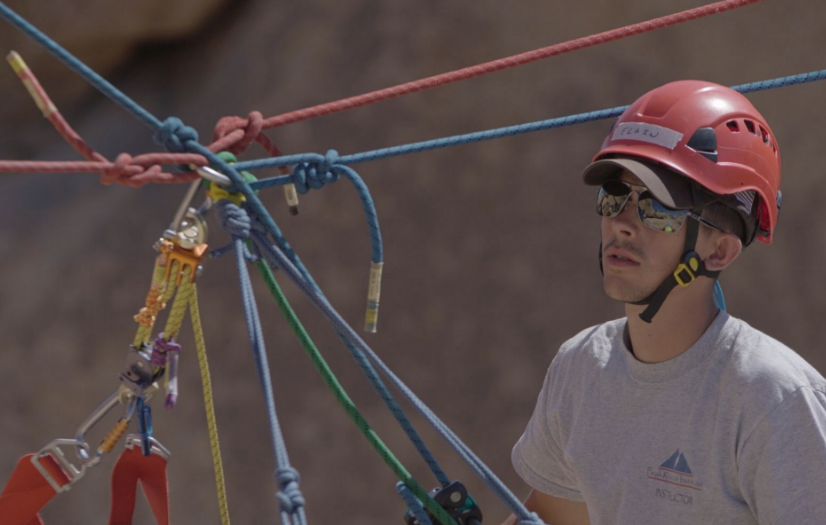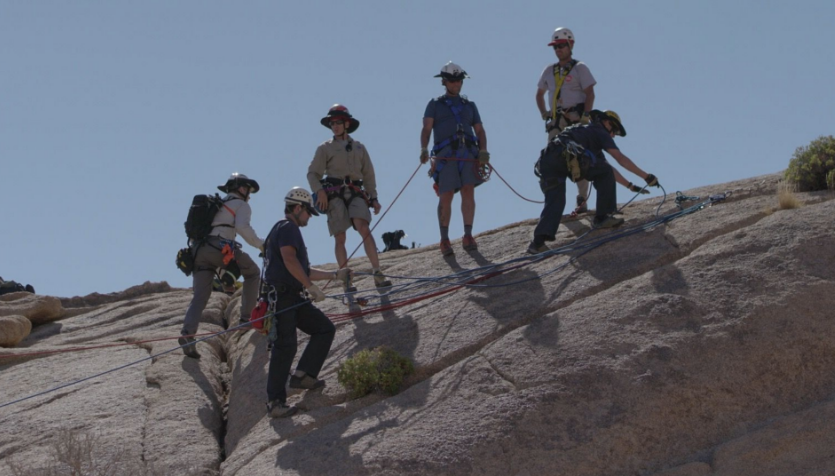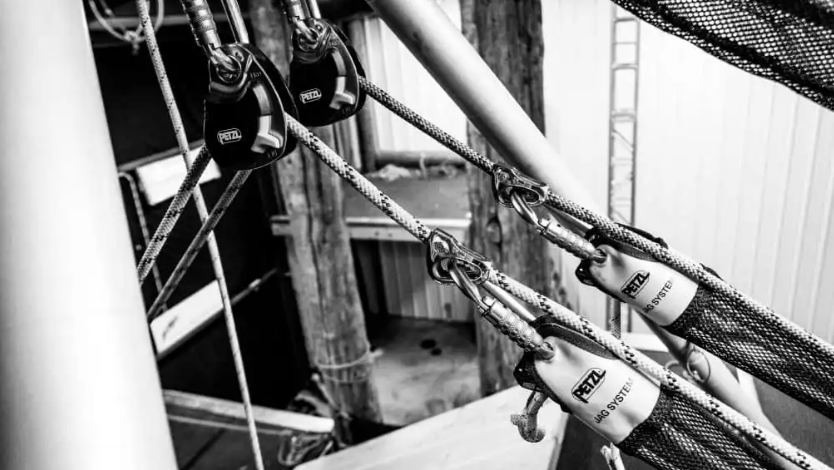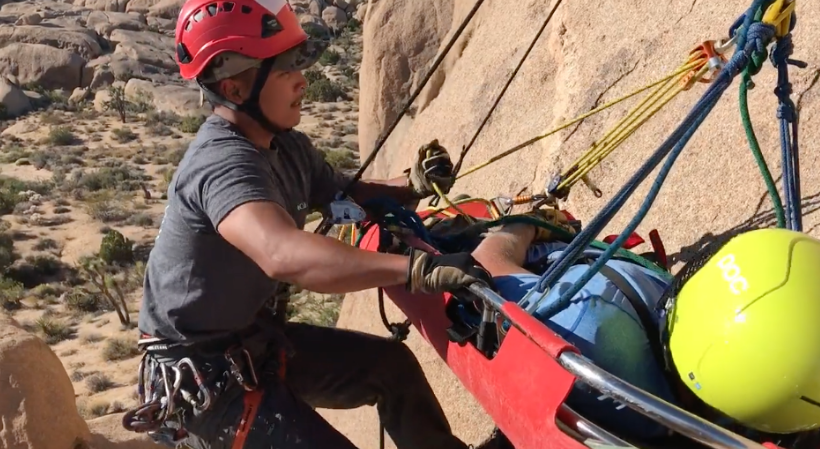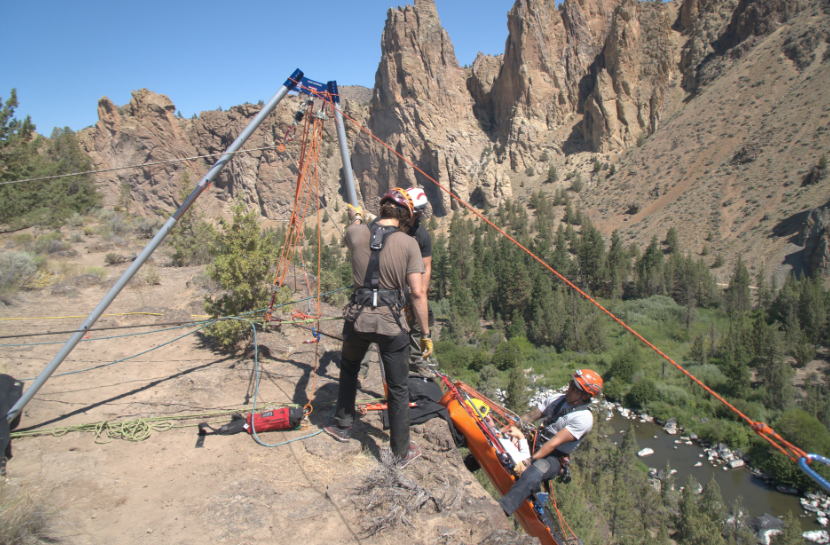There are many factors to consider when selecting equipment for rope rescue operations, including operational pre planning, hazard analysis, staffing and training. The type of rescue operation will dictate the specific equipment needs, but there are some general guidelines that can be followed.
The first step is to assess the hazards involved in the rescue operation. This will help to determine the type of equipment required and the rescue team’s capabilities. Next, the rescue team’s staffing and training must be considered. The team should have the necessary skills and experience to safely use the rope rescue equipment. Finally, the rescue operation itself must be planned. This includes creating a realistic timeline and considering all potential contingencies.
Rope rescue equipment selection is a complex process, but following these general guidelines will help ensure that the right equipment is chosen for the job.
There are many different types of rope rescue equipment available on the market. It is important to select the right type of equipment for the specific rescue operation. The most common types of rope rescue equipment include:
- Rope: There are many different types of rope available, each with its own specific uses. The type of rope required will depend on the rescue operation.
- Anchors: Anchors are used to secure the rescue rope. The type of anchor chosen will depend on the rescue operation and the surrounding environment.
- Harnesses: Harnesses are used to protect the rescue team members from falls. The type of harness chosen will depend on the rescue operation and the surrounding environment.
- Pulleys: Pulleys are used to redirect the rescue rope. The type of pulley chosen will depend on the rescue operation and the surrounding environment.
- Carabiners: Carabiners are used to connect the rescue rope to the anchors. The type of carabiner chosen will depend on the rescue operation and the surrounding environment.
- Descenders: Descenders are used to control the rescue team’s descent. The type of descender chosen will depend on the rescue operation and the surrounding environment.
- Ascenders: Ascenders are used to ascend the rope. The type of ascender chosen will depend on the rescue operation and the surrounding environment.
- Belay devices: Belay devices are used to provide additional safety for the rescue team. The type of belay device chosen will depend on the rescue operation and the surrounding environment.
- Helmets: Helmets are used to protect the rescue team members from falls. The type of helmet chosen will depend on the rescue operation and the surrounding environment.
- Rope Grabs: Rope grabs are used to control the rescue team’s descent. The type of rope grab chosen will depend on the rescue operation and the surrounding environment.
This is the start of guidelines will help ensure that the right equipment is selected for the specific rescue operation.
There is a lot of equipment needed for rope rescue, and the type of equipment your organization chooses should be based on a variety of factors. Some of these factors include the types of incidents anticipated, the hazards present during a rescue, the number and qualifications of rescuers, defined standard operating procedures, and the type and frequency of training rescue personnel receive. By taking all of these factors into account, your organization can be better prepared for any rescue situation.
Organizing rescue equipment for streamlined deployment at a rescue scene is critical for efficient and effective rescue operations. Proper equipment organization can help rescue personnel quickly locate and deploy the right tools and resources for the job at hand.
There are a few key things to keep in mind when organizing rescue equipment:
- Equipment should be organized in a way that makes it easy to find and deploy.
- Equipment should be organized based on rescue personnel needs and rescue operations requirements.
- Equipment organization should be reviewed and updated regularly to ensure it remains effective.
Agencies or organizations expecting to maintain an operations or technical level response capability for rope rescue should also develop and implement a program for the section, care and maintenance of life safety rope and related equipment. This would include knowing the different types of rescue ropes available, their applications, strengths and weaknesses. Also important is having a system in place to regularly inspect, test and retire rescue rope and equipment when it reaches the end of its useful life. Rope rescue teams should be familiar with the standards set by NFPA 1983, Standard on Life Safety Rope and Equipment for Emergency Services.
The NFPA 1983, Standard on Life Safety Rope and Equipment for Emergency Services provides guidelines for the selection, care and maintenance of rescue ropes and related equipment. Familiarity with these standards is important for any agency or organization expecting to maintain an effective rope rescue capability. In addition to the NFPA standards, there are also many other resources available that can provide valuable information on rescue ropes and related equipment.
- NFPA 2500
- Standards for Operations and Training for Technical Search and Rescue Incidents
- Life Safety Rope and Equipment for Emergency Services
General categories of rope rescue incidents might look like this:
- low -mid angle
- high-angle
- confined space
- water rescue
Low to mid-angle rescue could consist of rubble piles, hillsides, or simply very uneven terrain. High-angle rescue generally involves rescue operations conducted on steep slopes or cliffs where conventional rescue techniques are not possible or practical. Confined space rescue generally involves rescue operations conducted in small, enclosed spaces where conventional rescue techniques are not possible or practical. Water rescue generally involves rescue operations conducted in or near water where conventional rescue techniques are not possible or practical.
The type of rope rescue equipment needed for a particular incident will vary depending on the specific circumstances involved. For example, a high-angle rescue operation might require the use of specialized climbing equipment, while a confined space rescue operation might require the use of specialized breathing apparatus and water rescue event might be even more peculiar.
When selecting rope rescue equipment, it is important to consult with experienced rescue personnel and other experts to ensure that the right equipment is selected for the specific rescue operation. Here is what a list might look like.
- Environmental factors
- Incident locations
- Steep to vertical Terrain
- Frequency incidents
- Frequency of training
- Cooperative agreements with other agencies
Types of Incidents
- Industrial accidents
- Municipal incidents
- Utilities incidents
- Climbing/caving accidents
- Confined space incidents
- Car over-the-edge accidents
- Farm machinery incidents
- Remote wilderness accidents
- Water incidents
- Snow/ice response
In rescue operations, the term “AHJ” is short for “Authority Having Jurisdiction”. This refers to the individual or organization that has the legal right and responsibility to make decisions about safety and code compliance in a given area.
When it comes to rescue operations, the AHJ always has the final say on which pieces of equipment are used. This decision is based on a number of factors, including the appropriateness of the equipment for its intended use, whether or not it meets relevant standards, and the training and skill level of the rescuers.
In some cases, the AHJ may require that rescue operations be carried out using only certain types of equipment that meet their specific standards. In other cases, they may allow for a greater degree of flexibility, as long as the rescue team can demonstrate that they have the necessary skills and experience to safely use the equipment in question.
No matter what the situation, it’s always important to remember that the AHJ has the ultimate authority when it comes to rescue operations. By working closely with the AHJ and following their guidance, rescue teams can ensure that they are using the best possible equipment for the job at hand.
Peace on your Days!
Lance

